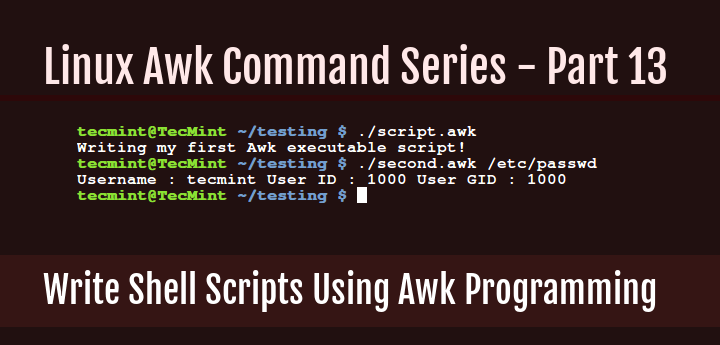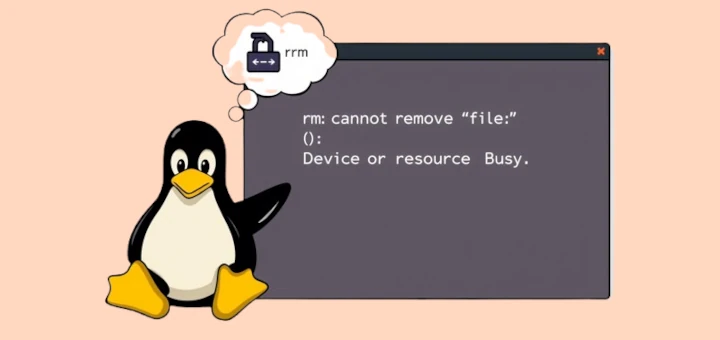Learning Objectives
$vmName = "<your-vm-name>"
$outputFile = "C:Tempsnap_status.txt"if status == "FAILED":
url = "https://<your-jira-server>/rest/api/2/issue/"
auth = ('<jira-username>', '<jira-api-token>')
headers = {"Content-Type": "application/json"}
data = {
"fields": {
"project": {"key": "IT"},
"summary": "VM Snapshot Failure - Automated",
"description": "Snapshot failed during automation run for VM.",
"issuetype": {"name": "Task"}
}
}
r = requests.post(url, json=data, auth=auth, headers=headers)
print("Jira Ticket Created:", r.status_code, r.json())
Prerequisites
- Completed Articles 1–8.
- PowerCLI, Python, and access to the external tool/API (e.g., ServiceNow, Slack, Jira).
- Network permissions for API access (outbound HTTP/S).
1. Why Integrate PowerCLI with External APIs?
Next up: Article 10 is your capstone project—combining everything you’ve learned into a robust, multi-step automation workflow with PowerCLI and Python.
- Automated incident response (e.g., open a ticket when a VM alert occurs).
- Real-time notifications to Slack, Teams, or email.
- Custom dashboards and cross-platform data pipelines.
2. PowerShell Example: Sending a Slack Notification from PowerCLI
Step 1: Get Your Slack Webhook URL
Step 2: PowerShell Code to Post a Message
- Create an incoming webhook in your Slack workspace.
You now know how to connect your VMware automation to popular APIs and tools, unlocking workflows that bridge IT silos and speed up incident response.
Save as snapshot_status.ps1:Step 2: Python Script to Read Result and Call Jira APIStep 1: PowerShell Script to Attempt a Snapshot and Output Result
3. Python Example: Creating a Jira Ticket from a PowerCLI Script
Suppose you want to send a Slack alert when a VM is powered off.
import requestsBy the end of this article, you will:
Invoke-RestMethod -Uri $webhookUrl -Method Post -ContentType 'application/json' -Body $message
Suppose your automation needs to open a Jira ticket if a VM fails to snapshot.
$message = @{
text = “VM $vmName has been powered off via automation.”
} | ConvertTo-JsonMany organizations automate IT workflows by connecting VMware scripts to ticketing, chat, monitoring, or CI/CD tools. This allows:
4. Diagram: Integration Workflow

5. Other Integration Ideas
- Post VM inventory reports to Teams or email with attachments.
- Trigger Ansible/Terraform or other IT automation from VMware events.
- Sync inventory with asset management databases.
- Send critical vSphere alerts to on-call engineers automatically.
6. Troubleshooting Tips
- For REST API authentication issues, check token/username, endpoint, and permissions.
- Test your API calls with sample data before wiring to production automation.
- Use PowerShell’s
Invoke-RestMethodor Python’srequestsfor API interaction. - Review API documentation for required fields and quotas.
7. Further Reading
8. Conclusion and Next Steps
# Power off a VM and send a Slack alert if successful
$vmName = "<your-vm-name>"
$webhookUrl = "<your-slack-webhook-url>"VMware Repository on GitHub





